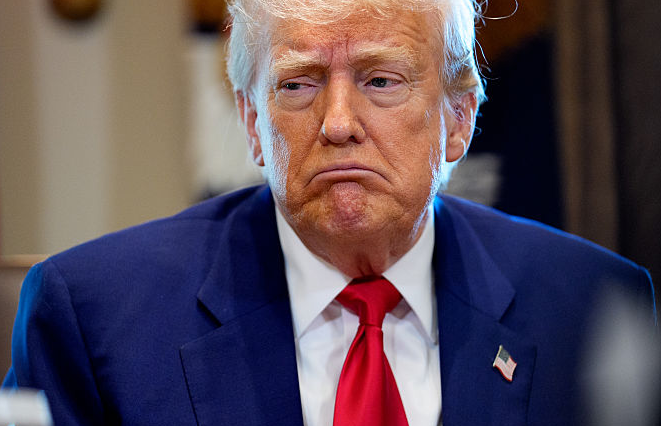
WASHINGTON—The U.S. federal government's budget deficit has expanded by $109 billion this fiscal year, even as a surge in tariff revenue boosted government coffers, according to a recent report from the Congressional Budget Office (CBO).
The CBO's monthly budget update reveals that the deficit for the 2025 fiscal year, covering the period from October 2024 to July 2025, totaled $1.6 trillion. This figure represents a notable increase compared to the same period in the prior fiscal year.
The report highlights a significant disparity between revenue and spending. While federal revenue saw a healthy 6% increase, adding $263 billion to the treasury, expenditures surged by an even greater amount—$372 billion.
A key driver of the revenue increase was a massive rise in tariff collections. Tariffs imposed by the Trump administration led to a 112% jump in customs duties, contributing an additional $70 billion. Personal income and payroll taxes also grew by $214 billion, or 6%, though this was partially offset by a 7% decline in corporate income tax revenue, which fell by $27 billion.
The primary cause of the expanding deficit was a sharp rise in federal outlays, particularly in mandatory spending programs. Social Security payments increased by $102 billion (8%), driven by annual cost-of-living adjustments that reflect inflation and a growing number of beneficiaries. Spending on federal healthcare programs also climbed, with Medicare and Medicaid expenditures rising by $58 billion and $47 billion, respectively.
Further compounding the issue, the government’s debt, which is nearing $37 trillion, necessitated higher interest payments. The cost of servicing this debt increased by $60 billion, putting additional strain on the budget.
In related news, a Bloomberg survey of economists forecasts that core consumer prices likely saw a modest increase in July, with the median estimate for the core Consumer Price Index (CPI) rising by 0.3% month-over-month. This anticipated increase is linked to rising prices for goods impacted by the tariffs, which manufacturers and retailers have begun to pass on to consumers. The U.S. Department of Labor is set to release the official July inflation data on August 12.
[Copyright (c) Global Economic Times. All Rights Reserved.]






























